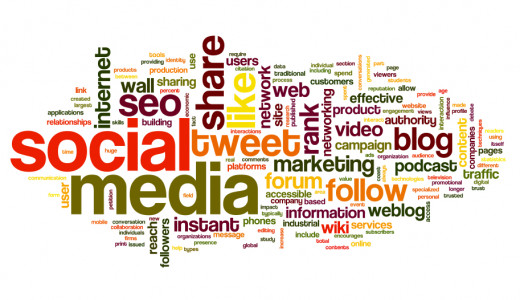Asynchronous Communication Definition and Implications for Business

Asynchronous Communication Definition
Asynchronous communication, as it applies to business, is a dialog or transmission of information between two or more parties that is not occurring at the same time. By contrast, synchronous communication is happening in real time between two or more parties. Either type of communication can occur online or offline.
(Note that asynchronous communication also has a technological definition that is not being discussed here. Click here to find out more about that on Wikipedia.)
Asynchronous communication examples in business include:
- Email.
- Blogs.
- Social media.
- Recorded webinars.
- YouTube videos.
- Voicemail.
- Postal or snail mail.
- Direct mail.
- Texting (see discussion below).
- Online forums.
By contrast, examples of synchronous communication would include:
- Telephone calls.
- Live webinars.
- A meeting at a client office.
- Live radio or television broadcasts, sports or entertainment.
- Trade shows.
- Texting (see discussion below).
- Live online chats.
Benefits of Asynchronous Communication
Though live interaction is always preferred, what asynchronous communications provide is a solution for the space-time problem. For example, someone may not have time to talk on the phone when another party calls. So voicemail and email can make the connection and transfer information without requiring all parties' availability at the same time.
Asynchronous communication also puts greater control of the interaction in the recipient's hands. Take email for example. The sender hits the Send button and the message lands (we hope!) into the recipient's email inbox. The recipient can decide when and if he wants to open, reply to or act upon the email... or even delete the message altogether (a popular choice for many!).
Contrast this with old cold calling methods where a salesperson would phone or visit a customer prospect any time he felt like it. In the days before voicemail, caller ID and laws which prohibit door-to-door sales in many areas, handling interruptive communications of this type required turning off the phone altogether or hiring a receptionist to be a buffer from unwanted callers. From the opposite perspective, this can be very frustrating for salespeople who are trying to connect with viable prospects. But this is the new sales and marketing reality that makes inbound marketing more important than ever.
Another way asynchronous communication can make a business more effective is through online training. Video, audio and text materials can be made available online 24/7 to give employees flexibility to get education on a schedule that works for them. It also avoids the time and labor costs associated with sending employees to in-person training whether onsite or offsite.
So, in sum, asynchronous communication efforts can offer the following benefits:
- Ability to communicate even if all parties are not available at the same time.
- Greater control of the conversation for communication recipients.
- Less interruptions.
- Lower costs and greater productivity due to reduced need for in-person meetings.
- Lower training expenses.
The Downsides of Asynchronous Communication
While asynchronous communication offers significant benefits to businesses, it also could cause additional difficulties:
- Important non-verbal cues including body language, vocal intonation, etc. could be reduced or eliminated increasing the chances for misunderstanding.
- Time to communicate and come to agreements could be extended by hours or days since people may take a while to reply to or act upon communications.
- The business could be viewed as cold or impersonal.
So the benefits of using more asynchronous business communication strategies need to be weighed against the impact it could have on sales and customer service.
Is Texting Asynchronous or Synchronous?
In theory, it would appear that text messaging is asynchronous since the sender sends a message and the recipient can read or respond to it on their own time. However, in practice, many mobile phone users have such fast and frequent text messaging going back and forth that it takes on aspects of a live online chat. So, actually, it could be both asynchronous and synchronous.
This article is accurate and true to the best of the author’s knowledge. Content is for informational or entertainment purposes only and does not substitute for personal counsel or professional advice in business, financial, legal, or technical matters.
© 2014 Heidi Thorne





